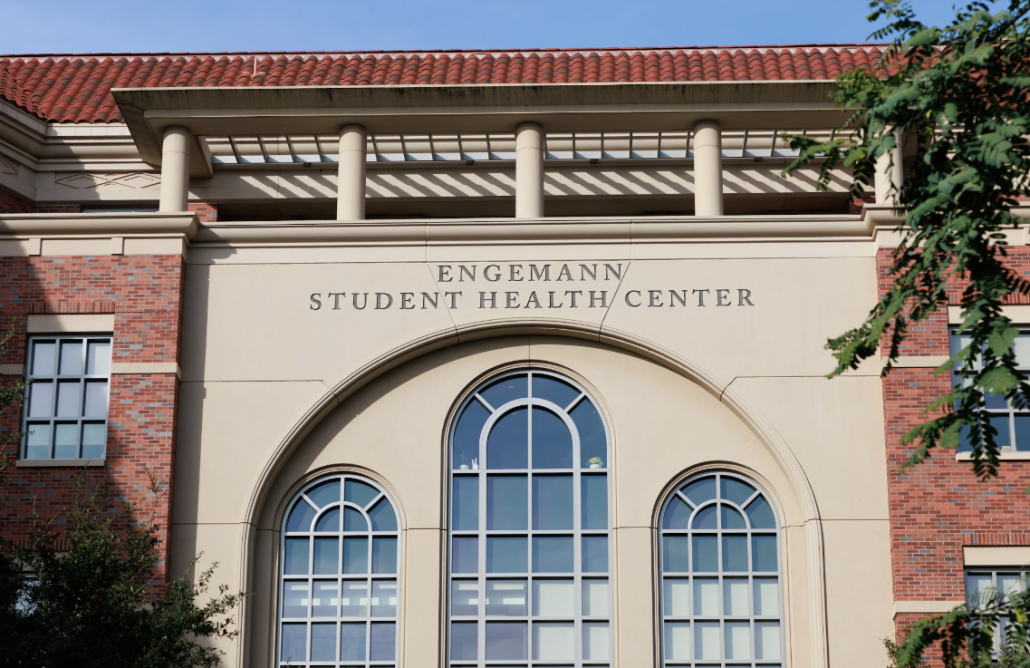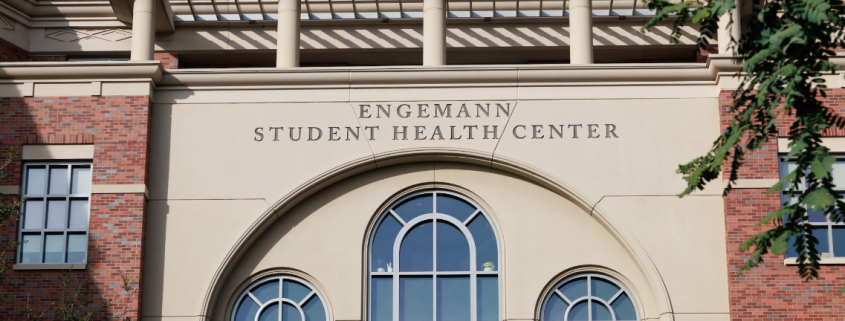Influenza outbreak begins early at USC

The influenza outbreak has arrived on campus. Eleven percent of visits to Student Health last week were related to influenza-like illnesses, and 20% of respiratory samples tested positive for influenza — surpassing the outbreak threshold, according to Chief Student Health Officer Dr. Sarah Van Orman.
“Flu is very, very early this year,” said Van Orman in a briefing Tuesday with the Daily Trojan. “We’re seeing it on campus. We’re seeing it throughout [Los Angeles] County. We’re seeing it nationally.”
The Centers for Disease Control and Prevention reported Nov. 4 that 4.3% of healthcare provider visits nationally last week were for respiratory illness and 9.0% of clinical lab tests tested positive for influenza. California’s Department of Public Health reported 3.7% and 7.9% respectively for the week prior. The early arrival of the outbreak is part of an ongoing pattern of abnormalities with the “normal seasonality” of influenza in the last couple of years, Van Orman said. She also said cases were present last March and April — nationwide and at USC — a “very unusual” time for influenza to be present.
“We don’t understand all the reasons why it’s different,” Van Orman said. “It probably has to do with the fact that masking was on and off, … and we just didn’t see it for two years … What we don’t know is whether we’re going to get a small, early spike and then we’re [not] going to see a lot of cases, or if this is the beginning of a prolonged and severe flu season.”
Van Orman said influenza can cause serious illness — possibly exacerbated by absence of the virus the last few years due to “pandemic-related mitigation measures” — and may negatively impact students’ academic studies.
“We routinely see people with fevers of 102, 103 [degrees Fahrenheit], cough, body aches, not able to get out of bed for a couple of days, not able to go to class, not able to focus or study,” she said. “Those symptoms can linger for five, six, seven days.”
Coronavirus cases are already on the rise ahead of Thanksgiving, though Van Orman stopped short of calling it a surge; Student Health reported 144 positive tests the week beginning Oct. 30, a 27% increase from 113 cases the week prior. Van Orman said University housing facilities are also reporting positive wastewater detections. Nonetheless, recommendations from the University on coronavirus response will remain the same, Van Orman said. Student Health does not currently expect to put vaccination or testing requirements in place, and will continue encouraging individuals to test before and after traveling elsewhere and avoid travel when sick.
Pfizer and BioNTech released updated data Friday “demonstrating a robust neutralizing immune response” for recipients of the bivalent vaccine compared to unvaccinated individuals. At the time of publication, the data has not been peer-reviewed, but for now confirms expectations of efficacy following approvals from the CDC and Food and Drug Administration. Whether a cycle of frequently updated boosters for new variants is sustainable in the long-term remains to be seen; Van Orman said it may undermine confidence in vaccines despite their proven efficacy.
“Lack of knowledge and certainty in the evolution [of a novel virus] is to be expected,” Van Orman said. “That doesn’t mean the vaccines aren’t efficacious, but I think it’s really a challenge of communication to help people to understand: We can be confident in the value, the safety and the efficacy of the vaccines as they are, and still not be able to say with certain[ty] that we understand the virus and how the virus is going to evolve.”
Van Orman said that there has been “remarkable progress” since the emergence of the coronavirus, with hospitals no longer overwhelmed and working vaccines and antivirals against the virus now widely available.
“But it is going to be a more prolonged process to get to a point of stability — with exactly knowing how we’re going to manage this virus in the way that we do other respiratory viruses such as influenza,” Van Orman said. “We still struggle to get everybody vaccinated and depending on the year 30,000 to 50,000 people die every year of influenza in the United States. Many of those deaths are vaccine preventable because they’re in people who did not get an influenza vaccine. So just continuing to stress the importance of vaccination and the fact that vaccines save lives.”

